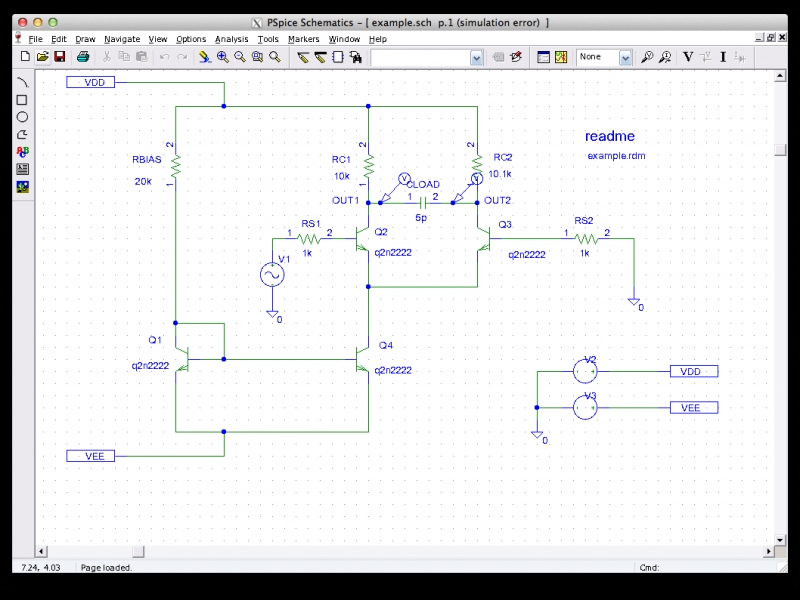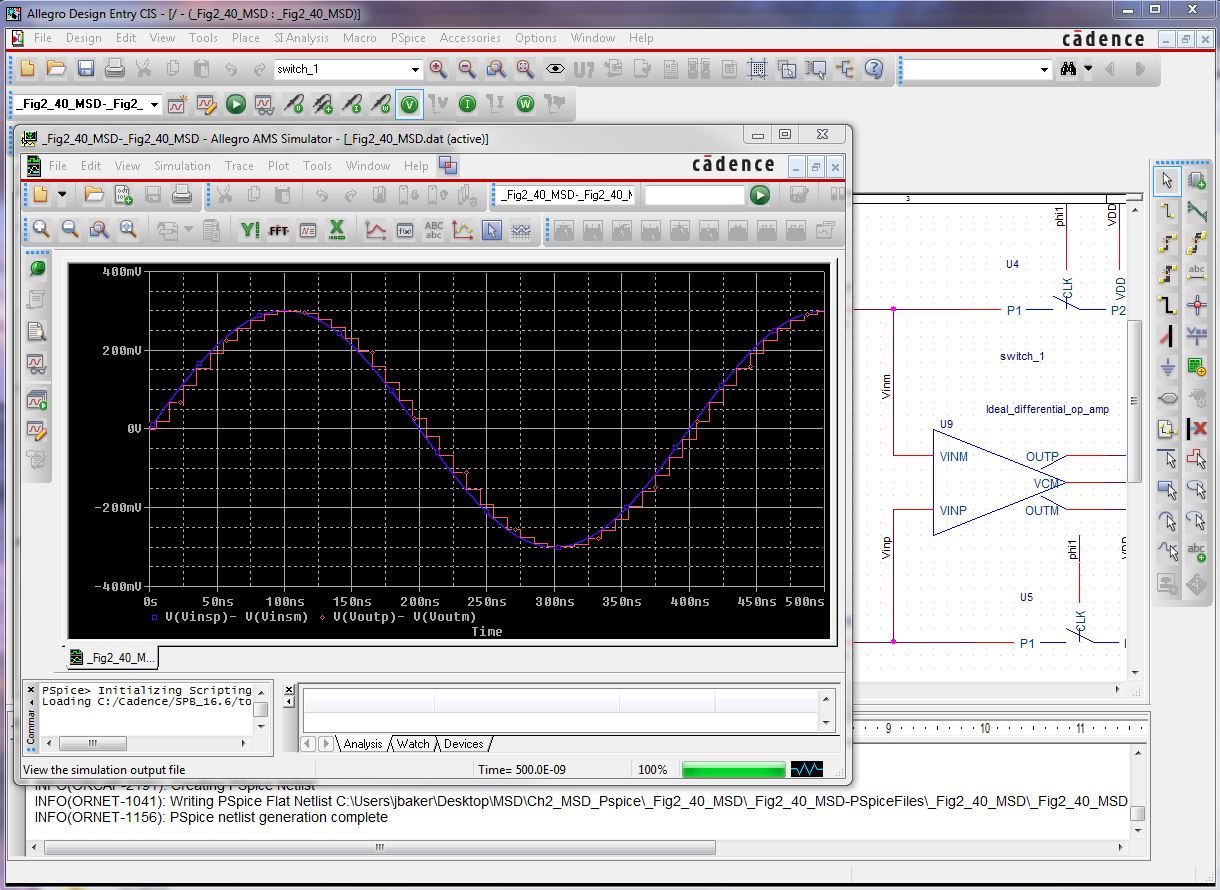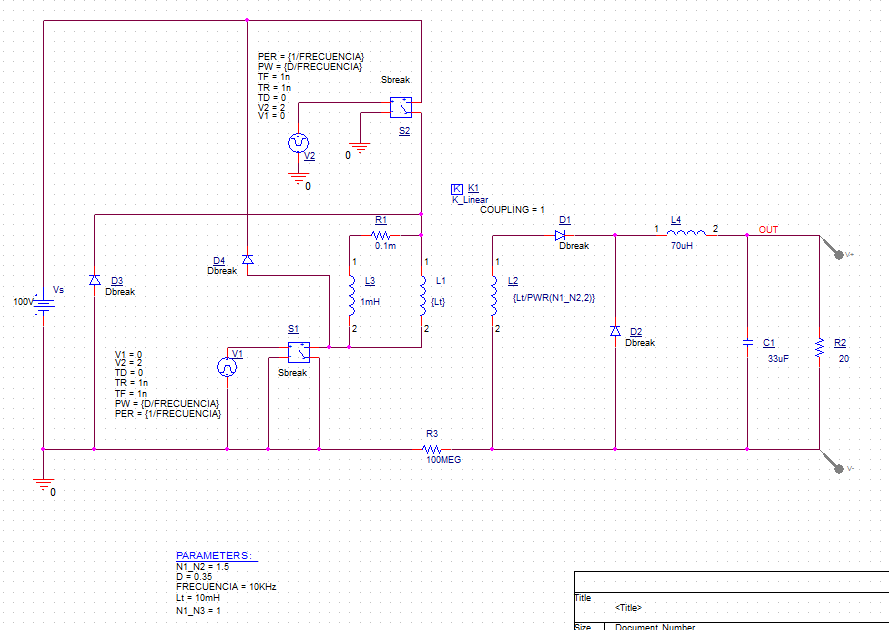

In the DC sweep, the input variable is varied over a range of values. The DC Sweep is similar to the node voltage analysis, but adds more flexibility. Thus, the Thevenin's voltage is V4 = -7.5 V, and the Thevenin's resistance is the output resistance 2.5 W.ĭC voltage or current sources may be swept over a range through the use of the DC Sweep Analysis. In addition to the DC analysis result, the output file contains the Transfer Function analysis results as follows In the Output variable box we type V(4), and in the Input Source box, we type V1. To obtain the output or Thevenin's resistance, the transfer Function is enabled. A VIEWPOINT is added at node 4 to display the open-circuit voltage (Thevenin's voltage). Since in PSpice two or more elements must be connected to each node, the 3.5 W resistor is replaced by an infinitely high value resistor as shown. The 3.5 W resistor is replaced by an open circuit. We want to obtain the Thevenin's equivalent circuit with respect to the 3.5 W resistor. Use the transfer function analysis to obtain the Thevenin's equivalent circuit for the circuit of Example 5. The use of this analysis to obtain the Thevenin's equivalent circuit is demonstrated in the following example The transfer function analysis can be used conveniently to obtain the Thevenin's equivalent circuit.

In the Output Variable box specify the output voltage, and in the Input Source box type the input source name. To specify the transfer function, choose Setup from the Analysis menu and open the Transfer Function dialog box. Then, the Thevenin's impedance isĬomputes the gain and the input and output resistances and automatically sends the results to the output file. With the 3.5W resistor removed, we find the open-circuit voltage, and with load resistance shorted we find the short-circuit current.

(b) Obtain the Thevenin's equivalent circuit with respect to the terminal of the 3.5W resistor.
#PSPICE SCHEMATICS HOW TO USE SOFTWARE#
To run the examples, students can download the complete Free OrCAD Software for Students. To view the Pspice examples you need to download the OrCAD Viewer Free Download. (You may use display results in place of Viewpoint and Iprobe).ĭownload PSPICE Schematics files for EE-201 Examples. You can enable or disable the bias voltages and currents by using the toolbar buttons V and I.

Bias voltages and currents Displayįrom the Analysis menu you can customize the Display results on Schematics to show selected DC voltages and currents. To see the IPROBE direction of current, from the Analysis menu open the Examine Netlist file and check the order of element nodes. You may have to rotate the IPROBE from the Edit Menu (or use Ctrl R), so that the reading is in the assumed direction of current. The reference direction of current for the circuit elements is from the first listed subscript to the second one. To obtain the DC current in a branch an IPROBE is placed in that branch. To monitor a DC node voltage a VIEWPOINT is placed at that node. Click the Enabled check box in the Bias Load Point option. All capacitors are replaced by the pen-circuit, and all inductors are replaced by short circuits. If any AC sources are present in the circuit, those sources are set to zero. To obtain current and voltage in a DC circuit, the analysis is performed with the simple Load Bias Point.


 0 kommentar(er)
0 kommentar(er)
